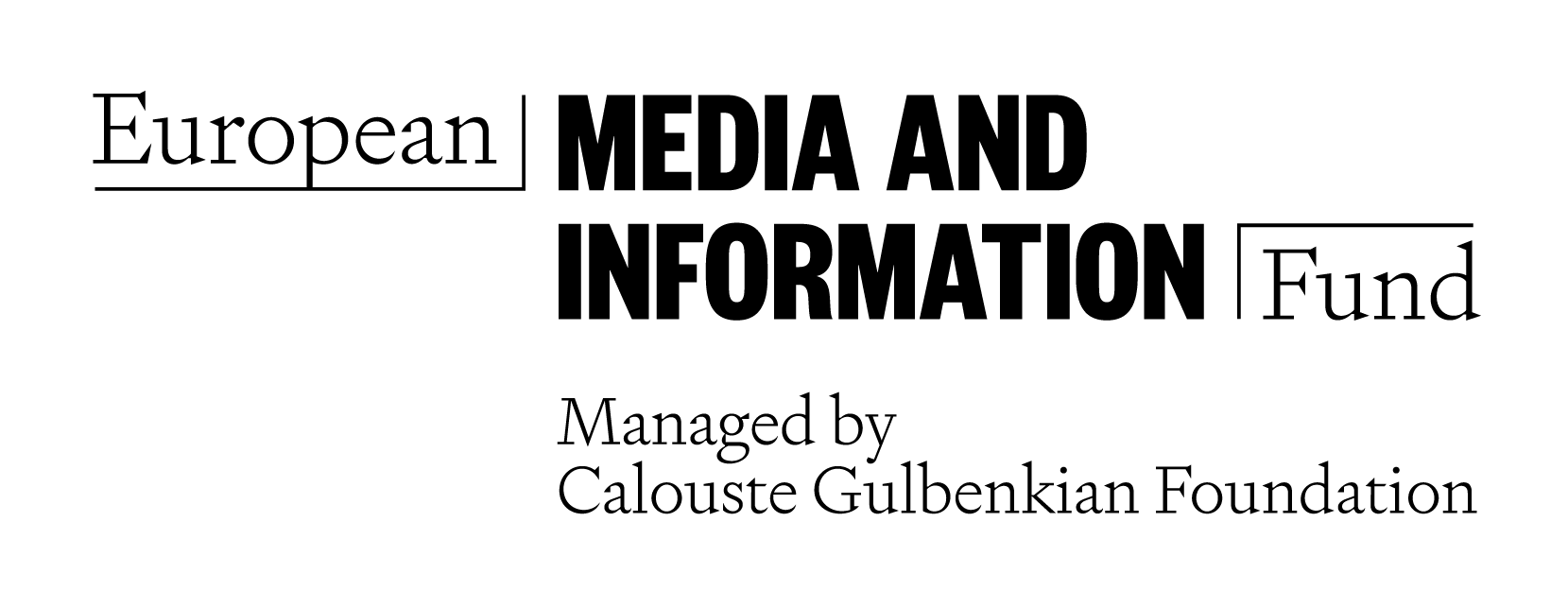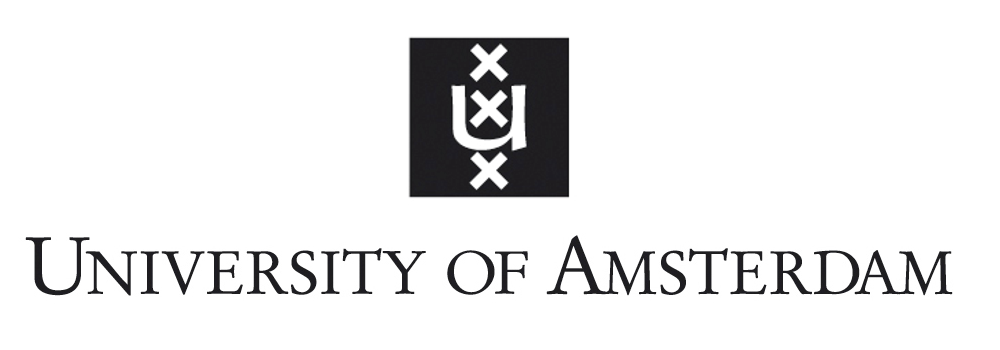 The Information Laundromat
The Information Laundromat
Discover content relationships from across the infosphere
The Information Laundromat is a lead generation tool used to determine if and how websites share architecture and content. It provides two core functions: content similarity and domain forensics matching
Please log in or register to run batch searches. Contact us at info [at] securingdemocracy.org to obtain a registration code.
Please log in or register to run batch searches. Contact us at info [at] securingdemocracy.org to obtain a registration code.
Investigate Content Laundering
Use the Laundromat to uncover websites republishing content from Russian state media. This function highlights articles that closely resemble the original sources, enabling analysis of content laundering at a large scale. A detailed report of the network involved is available below.
Uncover RT's Mirror Networks
The Institute for Strategic Dialogue has identified domains that are mirror images of RT websites, down to branding and code. Utilize the Laundromat's Metadata Similarity tool to detect common features across these mirrors.
Generate Open Source Intelligence Leads
The Laundromat is also instrumental in producing OSINT leads regarding the construction, sponsorship, and social media linkages of websites, regardless of their content's provenance.
Interpreting the Laundromat Results View All Indicators + Descriptions
About the Laundromat Results
Interpreting Content Similarity
Interpreting Metadata Similarity
For the metadata section, ChatGPT or other large language models (LLMs) can be used to help interpret the results. We suggest typing this prompt and copying the indicators table below using the 'Copy' button. Prompt: "Assist me in interpreting these results from an OSINT tool that uses domain forensics 'indicators' to identify potential aspects of the site that are unique or could assist in further OSINT investigations. Note good investigatory leads, social media, useful IDs, and indicators of how the website was made, as well as if an indicator could be misleading. Results:"



